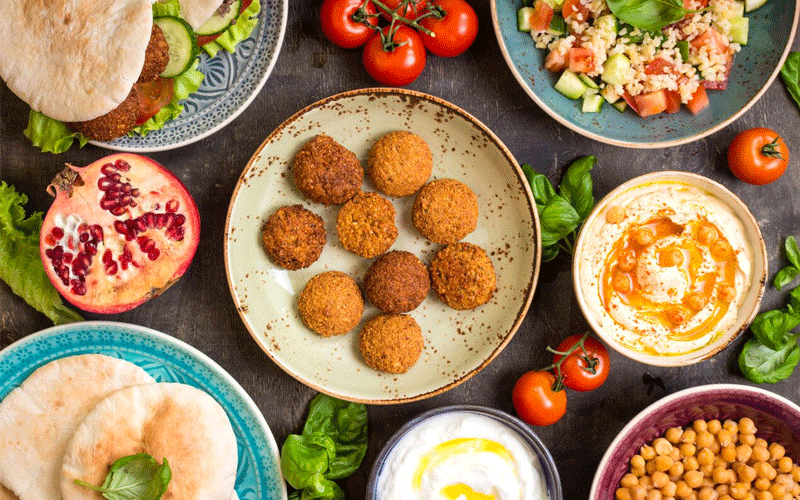Food writer and blogger Najoud Al-Jabri from Chef on the Block offers up five tips to create delicious healthy Arabic food Although Arabic food contains a plenty of vegetables, proteins and grains, some cooking methods and ingredients do not lend themselves to a healthy diet. Here’s some tips to making healthy Arabic food, without skimping …

Food writer and blogger Najoud Al-Jabri from Chef on the Block offers up five tips to create delicious healthy Arabic food
Although Arabic food contains a plenty of vegetables, proteins and grains, some cooking methods and ingredients do not lend themselves to a healthy diet. Here’s some tips to making healthy Arabic food, without skimping on the richness and depth of flavour.
Skip the ghee

Ghee is a more concentrated form of butter, thus is higher in fat content. Substitute Ghee with olive oil, butter, or both.
Bake it, don’t fry it

This is especially true when it comes to dishes like sambousek (an Arabic dish similar to samosa and empanada). Instead of frying, brush the sambousek with vegetable oil and put it into oven on a medium-high heat to bake. It gives a great crispy result.
If fermented, rinse before eating

A popular Arabic dish is a side plate of pickled vegetables including gherkins & turnips (you may have seen these served as a complementary starter at many Arab restaurants).
Pickling involves a lot of salt, and salt retains moisture. At home, a trick to reduce the saltiness is to soak the pickled vegetables in water for 30 minutes before serving.
Sweeten without sugar

Popular Arabic desserts like baklava (a rich sweet pastry) & konafa (a cheese pastry) are always finished off with concentrated sugar syrup.Replace the sugar syrup with natural sugars such as honey, date syrup and maple syrup. But still remember to use in moderation.
Select high quality lean meats

Many Arabic dishes involve protein. An easy trick to immediately reduce unwanted “bad” fats in a dish is by using leaner cuts of meat. If unsure which ones to pick, consult your butcher.
